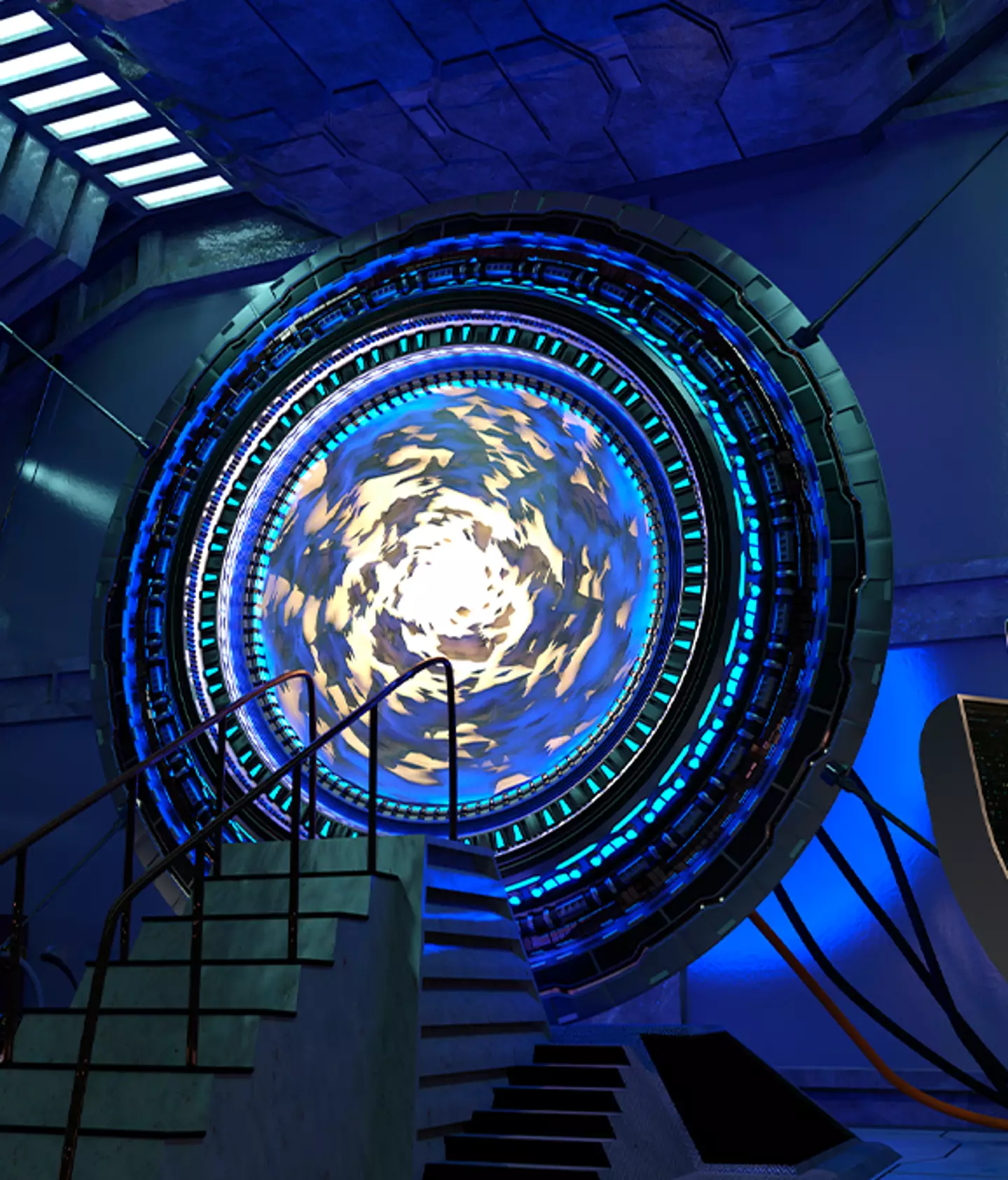
New research from an international team of scientists has achieved the first-ever demonstration to 'teleport' images across a network without physically sending them.
The team, from South Africa, Germany, and Spain, developed a new approach using a 'teleportation-inspired configuration'.
By using a nonlinear optical detector, the scientists were able to eliminate the need for extra photons and work off 'patterns' such as fingerprints or faces.
The research builds on the concept of quantum entanglement, where separated particles can remain connected through quantum physics.
Advert
Additionally, the state of one particle gives us information about the other particle, via quantum communication of 1s and 0s, even across large distances.

Andrew Forbes, lead principal investigator and professor at Wits University, said: 'Traditionally, two communicating parties physically send the information from one to the other, even in the quantum realm.'
'Now, it is possible to teleport information so that it never physically travels across the connection — a ‘Star Trek’ technology made real.'
Advert
In this study, only two entangled photons were used but researchers were able to pack more information into them, allowing the potential encoding of images.
Forbes explained: 'This protocol has all the hallmarks of teleportation except for one essential ingredient: it requires a bright laser beam to make the nonlinear detector efficient, so that the sender could know what is to be sent, but doesn’t need to know.'
'In this sense, it is not strictly teleportation, but could be in the future if the nonlinear detector could be made more efficient.'
Okay, so it's not the teleportation we all know, but one feature of a specific particle directly affects its related feature.
Advert

The details of the original particle are able to be locked into a different place - its quantum state - whilst the original state can be destroyed.
Furthermore, the researchers are optimistic that the innovation may help build the secure networks of the future, as key data isn't transmitted, so it can't be stolen.
The findings from the study show this technology's potential applications in banks and databases, whereby customers could send fingerprints to a bank without physical transfer, making it essentially impossible for hackers to intercept.
Advert
Another lead on the project at Wits University, Dr. Adam Vallés, ICFO (Barcelona), added: 'We hope that this experiment showing the feasibility of the process motivates further advances in the nonlinear optics community through pushing the limits towards a full quantum implementation.'